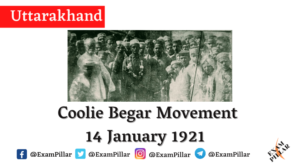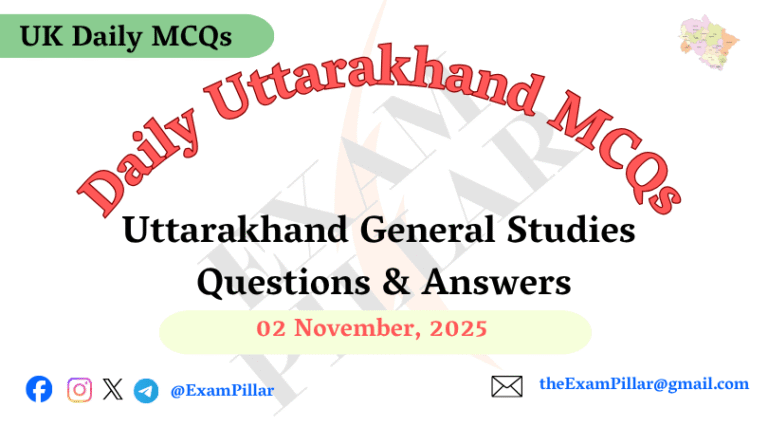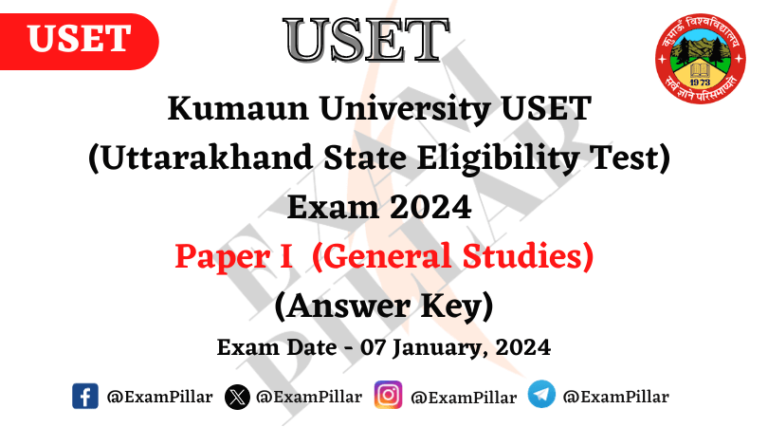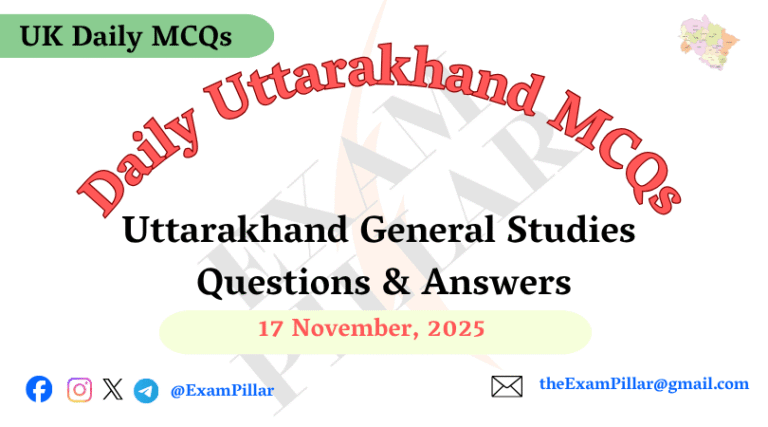Getting the common man to do the work of a porter without paying remuneration was called Coolie Begar. It was the responsibility of the heads of different villages that he would provide a certain number of coolies to the governing classes for a fixed period. For this work, the head also had a register, in which the names of all the villagers were written and everyone was forced to do this work in turn.
This was declared forced Begar (labor) and apart from this, during the visit of the governing classes, from their food and leisure facilities, the common man had to mobilize.
Cause of Coolie Begar Movement
- Due to the connivance of the Princes (Prdhans), Landlords and Patwaris and due to mutual differences, the dissatisfaction among the people increased. Because the village headmen and patwaris started promoting this malpractice to serve their personal interests. People started gathering against this malpractice.
- Sometimes people were even forced to do very abominable things. Such as carrying British toilet or dirty clothes etc. Against this also people started uniting among themselves.
- The porters were being exploited physically and mentally by the British.
History of Coolie Begar Movement
First of all, the Chand rulers represented a tax related to horses in the state, ‘Ghodals (घोडालों)’, possibly this was an early form of porter forced labor. Later, this practice took a widespread form under the rule of Gorkhas, but the British abolished it in their early times. But gradually the British not only re-implemented this system but also brought it to its powerful form. Earlier this tax was then imposed not on the general public but on those Malguzars who used to collect tax from the landowners or zamindars.
Therefore, if seen, this practice directly affected only those tenants who owned the land. But on the ground of reality, the truth was that these wealthy landowners and zamindars imposed their share of porter begar, landless farmers, laborers and weaker sections of the society who accepted it as conditional remuneration. Thus this practice continued despite occasional protests.
Background of Coolie Begar Movement
The spark of revolt in 1857 also spread in Kumaon. Haldwani was the gateway to the Kumaon region. The British were able to quell the voice of the rebellion rising from there in preliminary stage. But the anger of the oppression of that time sporadically erupted in various forms of resistance from time to time. In this there was also dissatisfaction arising out of the cutting and exploitation of Kumaon forests by the British. This dissatisfaction once again erupted in the form of the ‘Coolie Rebellion’ in the first half of the twentieth century.
In 1913, porter forced labor was made compulsory for the residents. It was opposed everywhere, Badri Dutt Pandey ji led this movement. Through the Almora newspaper, he started protesting against this evil along with public awareness.
In 1920, the annual convention of Congress was held in Nagpur, in which Pt. Govind Ballabh Pant, Badridutt Pandey, Har Gobind Pant, Victor Mohan Joshi, Shyam Lal Shah etc. attended and Badri Dutt Pandey took blessings from Mahatma Gandhi for the Coolie Begar Movement. And came back and started making public awareness against this malpractice.
End of Coolie Begar
On January 13-14, 1921, on the occasion of Uttarayani festival, the Coolie Begar Movement was started, there was participation of the common man in this movement, the people coming from different villages turned it into a giant demonstration. This movement was announced from the ground of the confluence (Bagad) of Saryu River and Gomti River.
Even before the start of this movement, the District Magistrate served notices to Pt. Hargobind Pant, Lala Chiranjilal and Badri Dutt Pandey. But this did not affect them, the people present first went to the temple of Bagnath ji and offered prayers and then the procession of 40 thousand people started towards Saryu Bagad, there was a flag at the forefront of the procession, which read “(Stop Coolie Begar ) Coolie Begar Band Kro”. After this a meeting was held in Saryu Maidan, while addressing this meeting, Badridutt Pandey ji said “Take water from the holy Saryu and take the Bagnath temple as a witness and take a pledge that from today onwards you will not give Coolie Uttar, Coolie Begar, Bardais.” All the people took this oath and the village Prdhan had brought the Coolie register with them. Amidst the sound of conch shell and slogans of Bharat Mata ki Jai, these coolie registers were torn and flown into the confluence. This is where this malpractice ended.
The deputy commissioner of Almora, Diable was present in the crowd. He called Badri Dutt Pandey and said that “You have violated 144 times, you leave immediately, otherwise I will take you into custody.” But Badridutt Pandey ji firmly said that “Now my corpse will go from here.” Hearing this, he turned anger, he tried to shoot at the crowd, but due to less police force, he could not give it a tangible form. After this successful movement, the public gave the title of Kumaon Kesari to Badri Dutt Pandey. This movement was not only supported by the people but also followed strictly and people continued to protest against this practice. The result was that the government ended this practice by bringing a bill in the house.
Mahatma Gandhi was greatly influenced by this movement and himself came to Bageshwar and established Gandhi Ashram in Chanaunda. After this, Gandhi wrote about this movement in Young India that “its effect was complete, it was a bloodless revolution.”
| Read Also : |
|
|---|---|
| Uttarakhand Study Material in Hindi Language (हिंदी भाषा में) | Click Here |
| Uttarakhand Study Material in English Language |
Click Here |
| Uttarakhand Study Material One Liner in Hindi Language |
Click Here |
| Uttarakhand UKPSC Previous Year Exam Paper | Click Here |
| Uttarakhand UKSSSC Previous Year Exam Paper | Click Here |





Leave a Reply